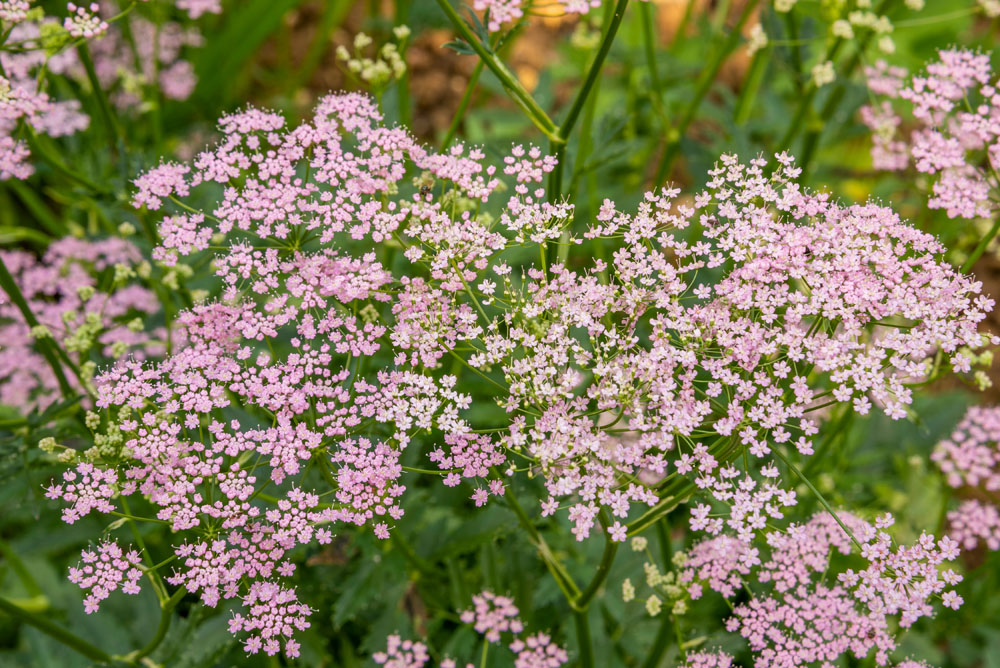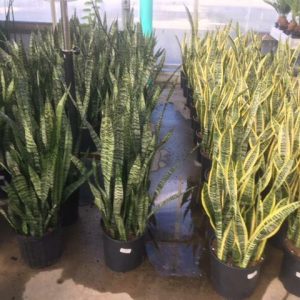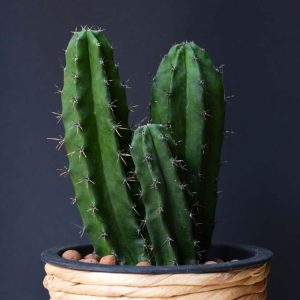Description
Pimpinella –
There are about 150 species of tap rooted, annuals, biennial, and perennial in this genus. They occur in rough grassland, hedgerows, and woodland in Eurasia, Northern Africa, Asia and South America. Most have hairy stems, with smooth edged or pinnate leaves, and bear compound umbels of tiny, star shaped usually white or yellow, sometimes pink or purple flowers, followed by oval to nearly spherical fruits. Most plants in this genus are suitable for naturalizing in a wild garden. P. major ‘Rosea’ is also effective when used in a border.
Grow in any, but preferably fertile, moist soil in full sun or partial shade.
Prone to aphids, slugs, snails, and leaf spots.
P. major ‘Rosea’ – Greater burnet – This erect perennial found from Europe to the Caucasus grows 4′ feet tall and half as wide. It produces triangular to rounded, pinnate, mid green basal leaves, to 7″ long, with 7-13 ovate to lance shaped, lobed or toothed leaflets, 3/4-3″ long, stem leaves are smaller. In early and mid from rigid stems it bears tiny, both deep pink and pale pink flowers in compound umbels, 2 ½” across.
Zones 5-7





